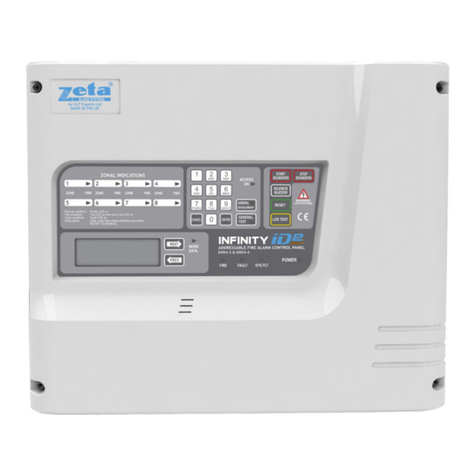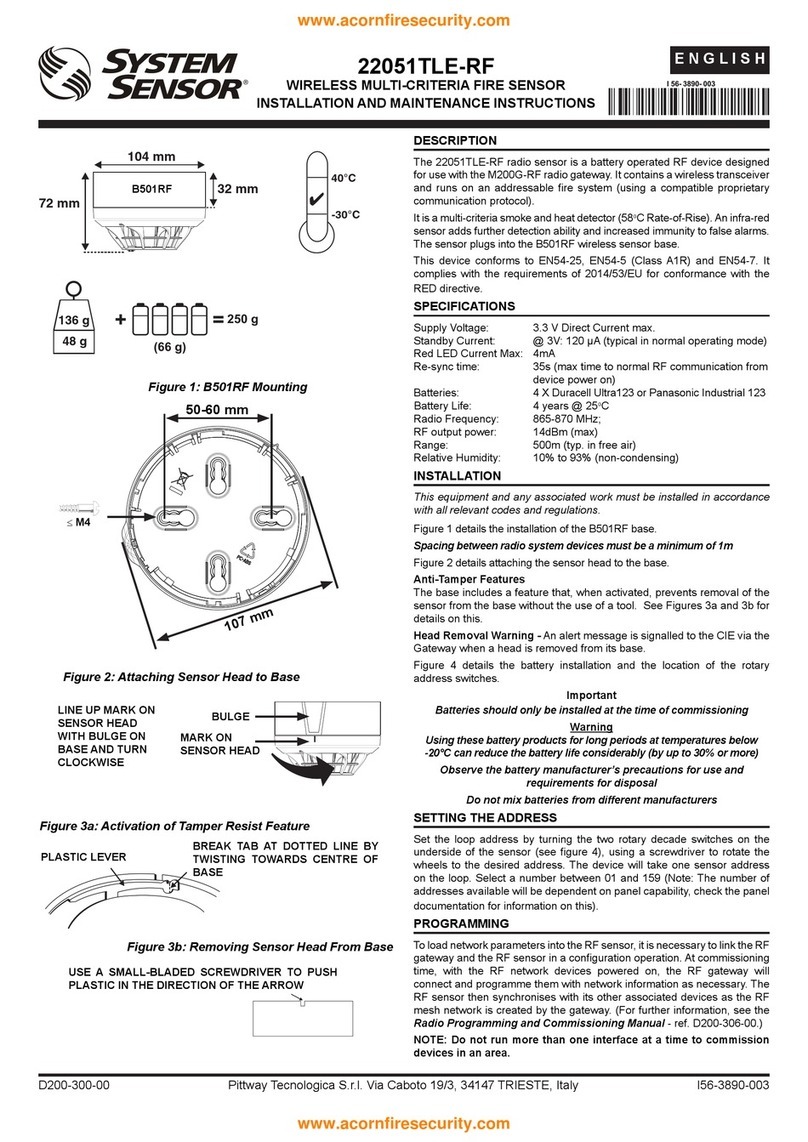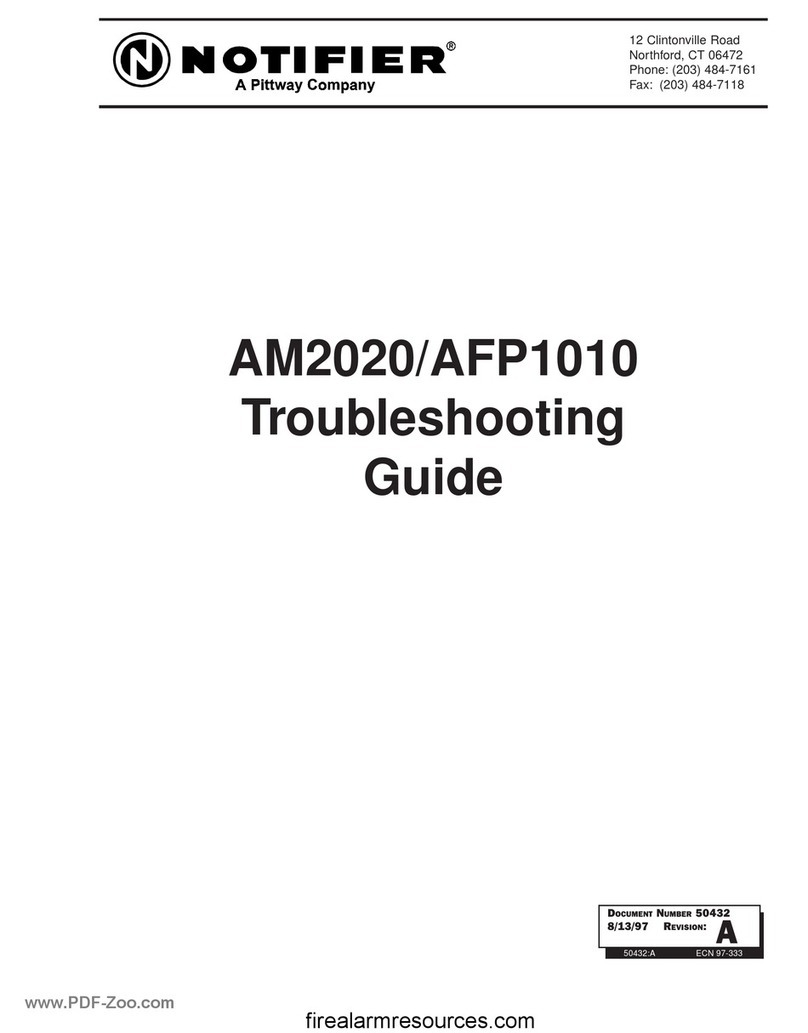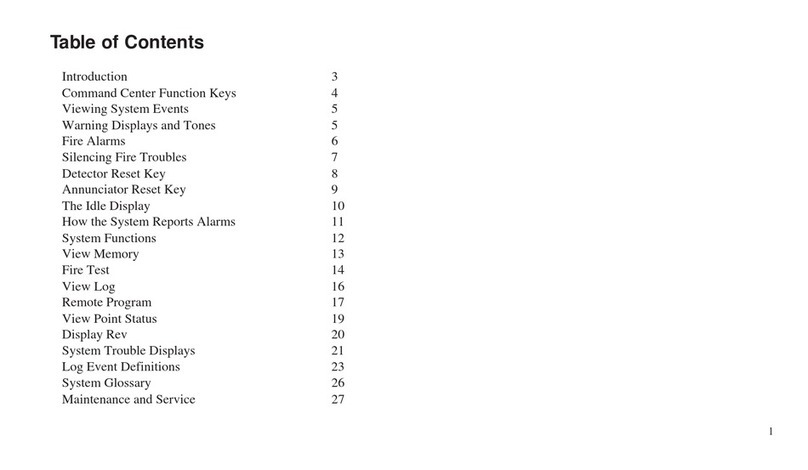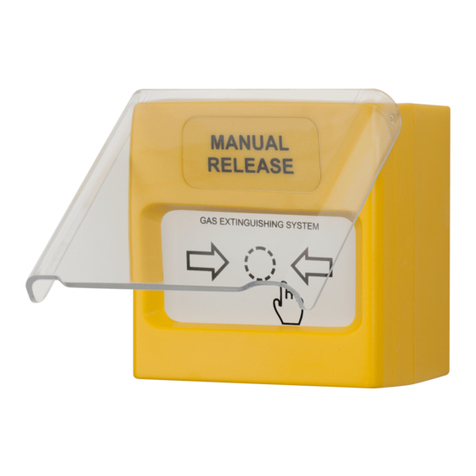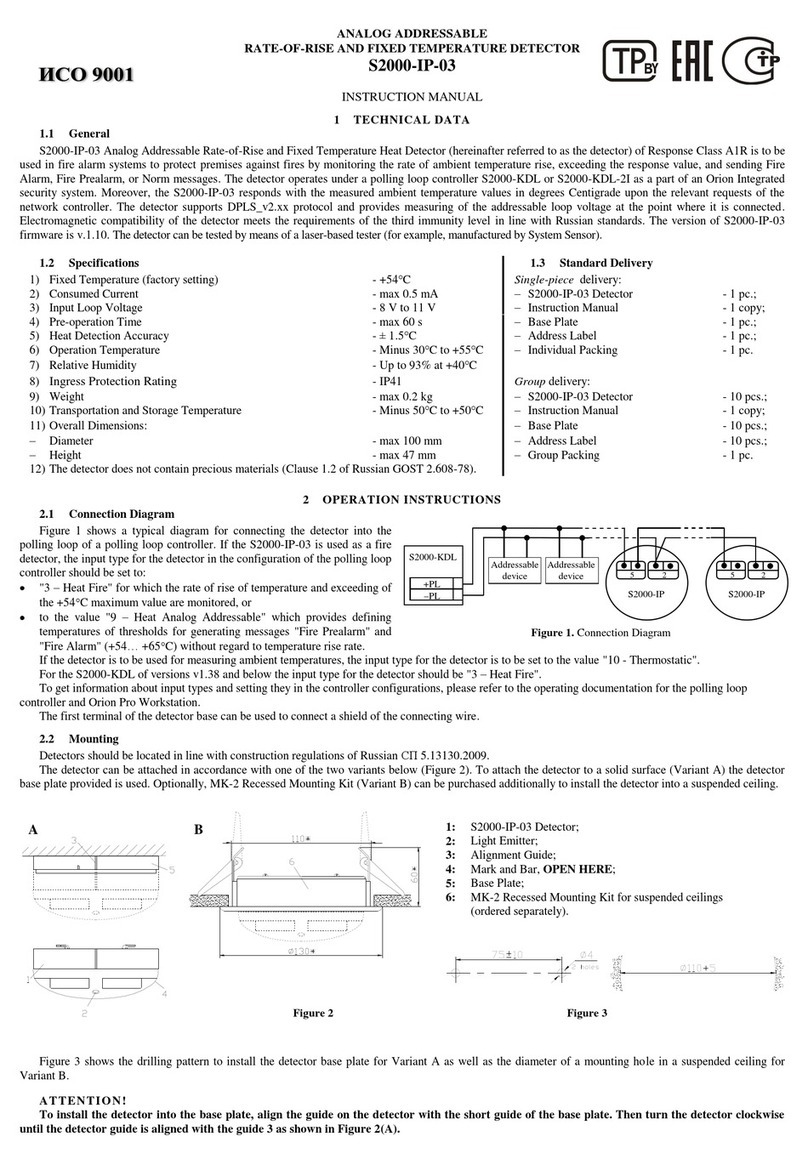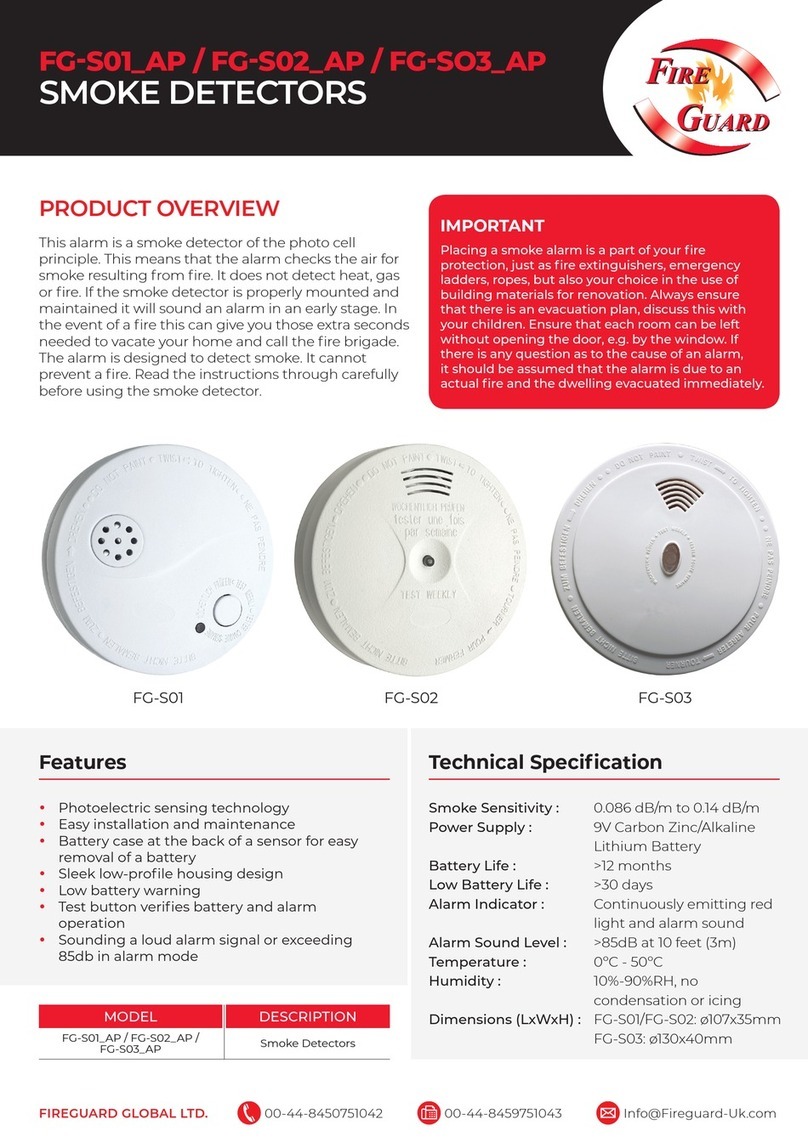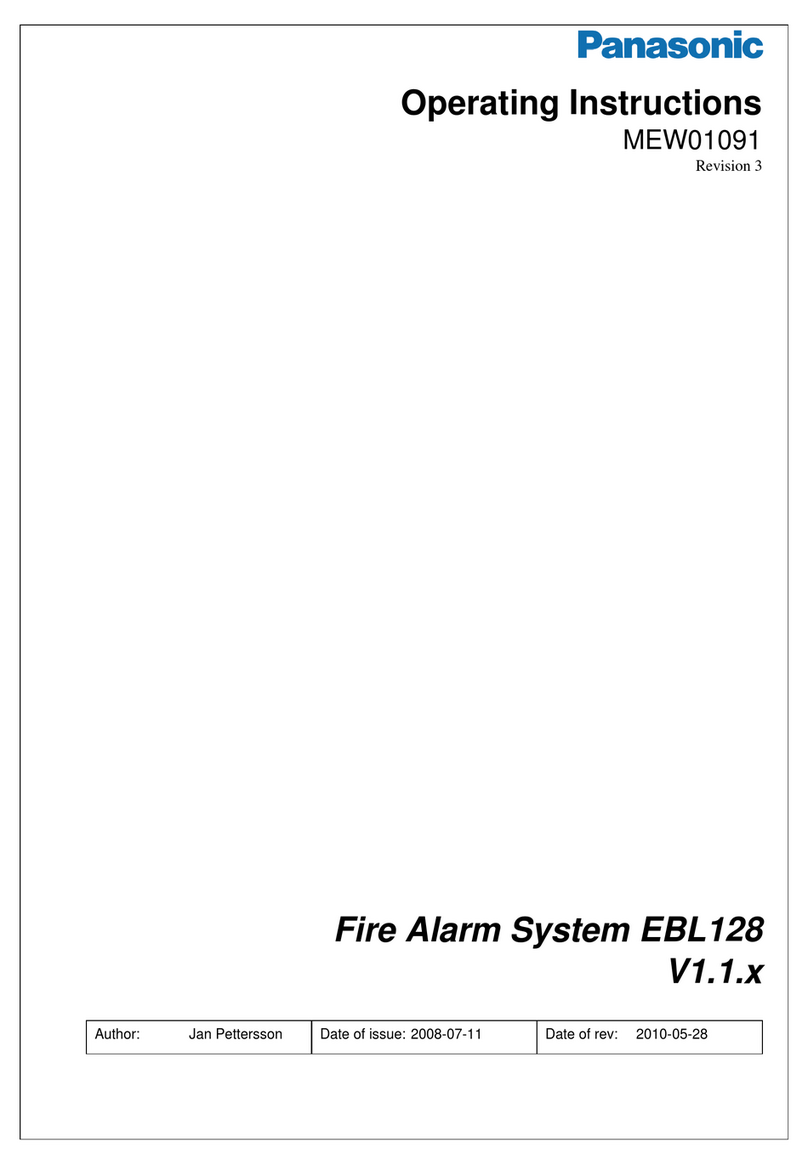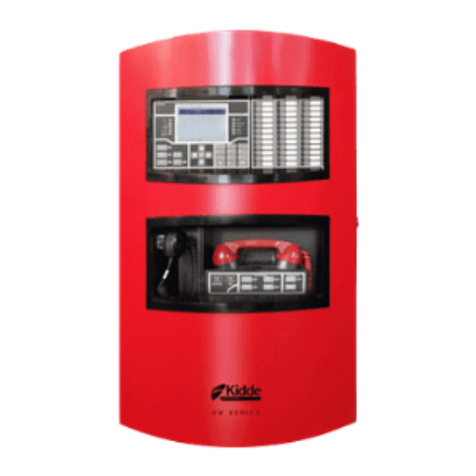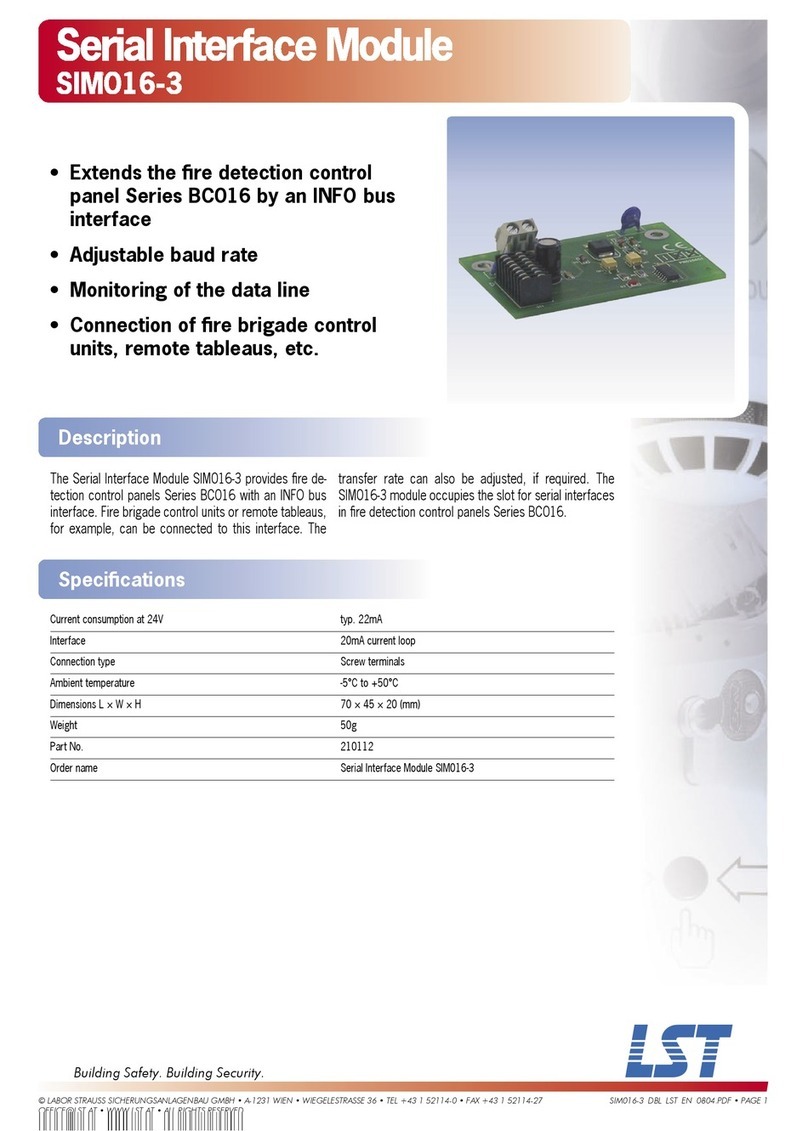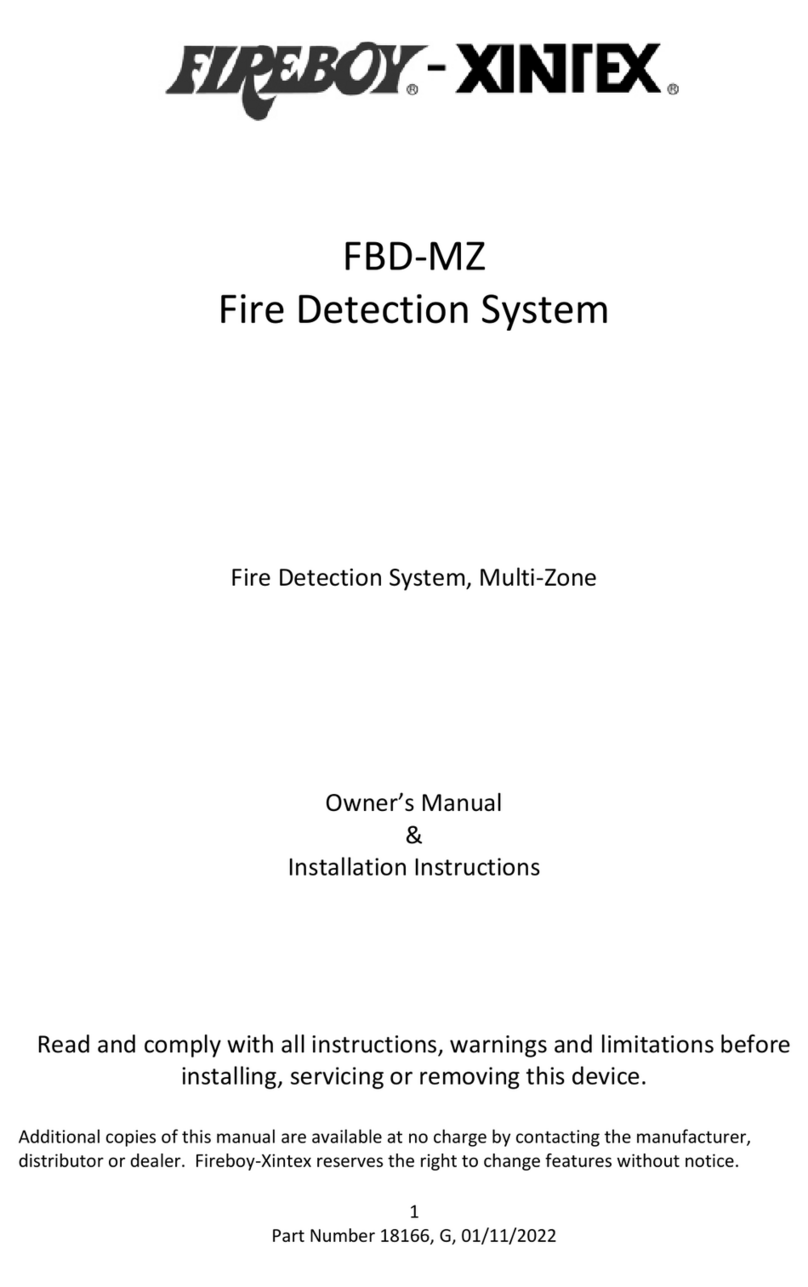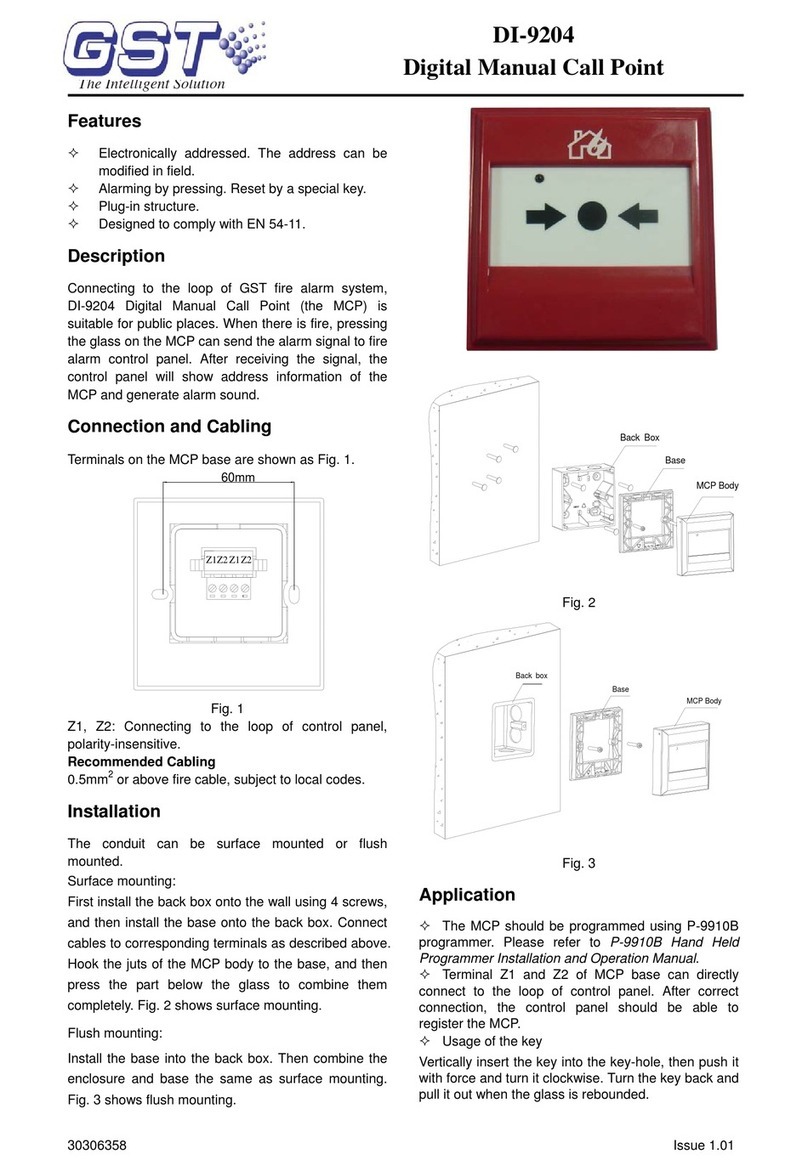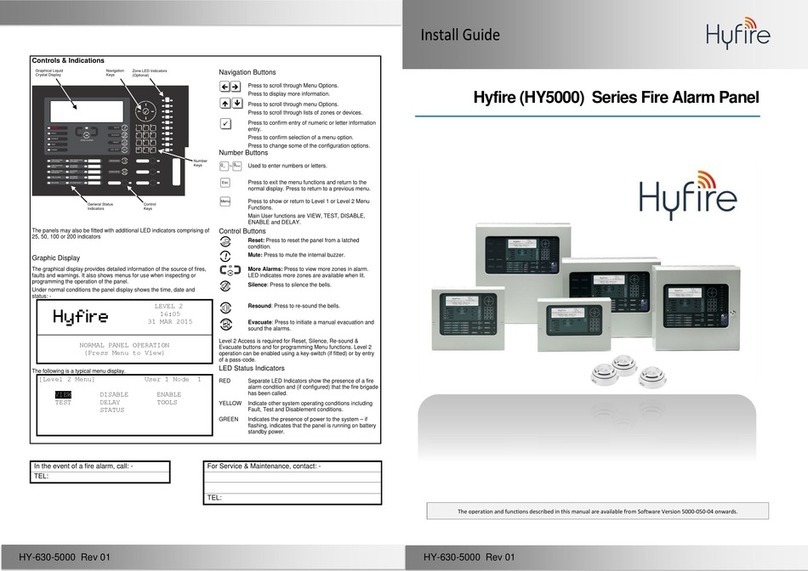
I’
TROUBLE: 2. ZONE STATUS LED(s) LIT AT ALL TIMES.
TROUBLE: 3. GREEN LED ON PANEL IS LIT MORE BRIGHTLY THAN NORMAL.
PROBABLE CAUSE REMEDY
A. A point of entry is open, or a break, A. Take corrective action to restore
short circuit, or ground, exists in protective circuit(s) to their
the protective loop(s). See the trouble- proper status (see Part I, Section
shooting procedure below: HI.
I. Remove the wires from the particular zone indicating a fault or opening
(i.e. terminals I and 2 for the Entry/Exit Delay Zone, terminals 3 and
4 for zone I, terminals 5 and 6 for zone 2, terminals 7, 8, and 9 for the
Series and 24 Hour Zone.
2. In the case of all zones except the Series Zone, attach a 1000 ohm resistor
(No. 606) or in the case of No. 1022-12, a 2000 ohm resistor (No. 607)
to the proper zone terminals. The Series Zone, terminals 7 and 8, can
be shorted together with a jumper.
3. If the particular zone status LED .on panel goes out, the trouble will
be found in the protective loop, If the LED remains lit, see Part D, below.
8. The loop resistance on the faulty zone B.
does not meet specifications (discon-
nect the
loop
wires from the zone in
quest ion as bescri bed in Part A, Section
I, above. With an ohmmeter, measure the
resistance of the problem loop. The pro-
per resistance reading for all zones ex-
cept the Series Zone, should be between
1000 and 1500 ohms (or between 2000 and
2500 ohms in the case of No. 1022-12).
The proper resistance of the Series
Zone should be no greater than 500 ohms).
C. Dead or discharged battery (if red C.
panel LEDs are dimly I it, see TROUBLE
I, Parts A and B).
D. Problems exist in the control panel D.
circuitrv.
Inspect the protective loop for
dirty contacts, short circuits,
grounds, or breaks as described in
Part I, Section H, if the resis-
tance measured differs greatly from
that which is outlined here.
Recharge and/or rep Iace battery
pack per instructions in TROUBLE
I, Part B.
Return control for repair.
NOTE: The front pane I tamper switch, located in the upper right-hand corner
.. -.--_
of the panel must be overi-id’den’when troubleshooting a panel with the
cover open, otherwise an open circuit will exist in the zone into which
the tamper switch is wired. To override, pull the plunger outward.
PROBABLE CAUSE
A. Disconnected rechargeable battery.
REMEDY
A. Reconnect battery pack securely to
the molded connector at the end of
the red and black flying leads on
the panel.
275
www.PDF-Zoo.com


